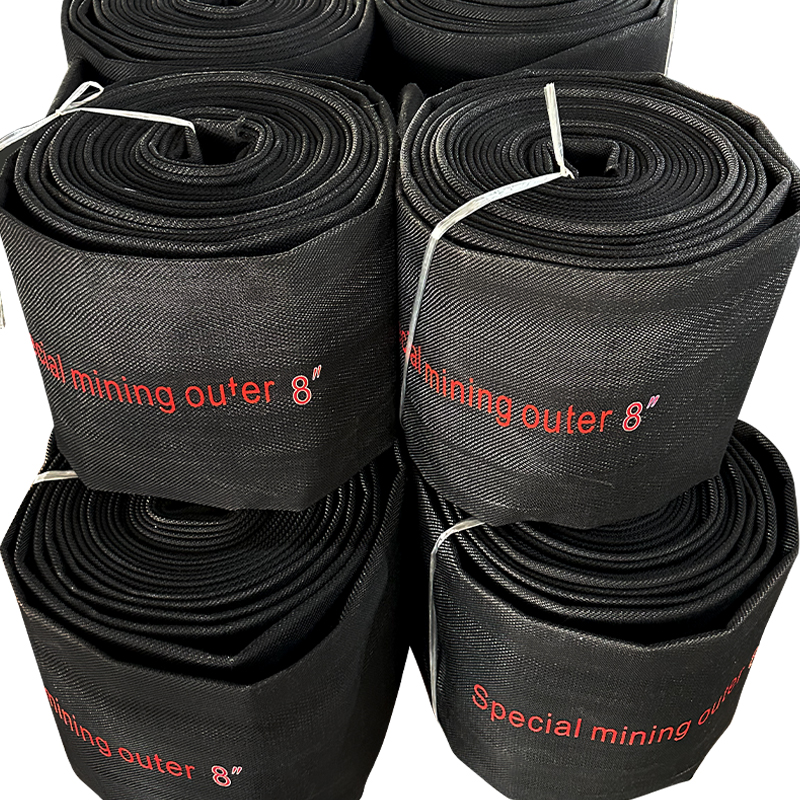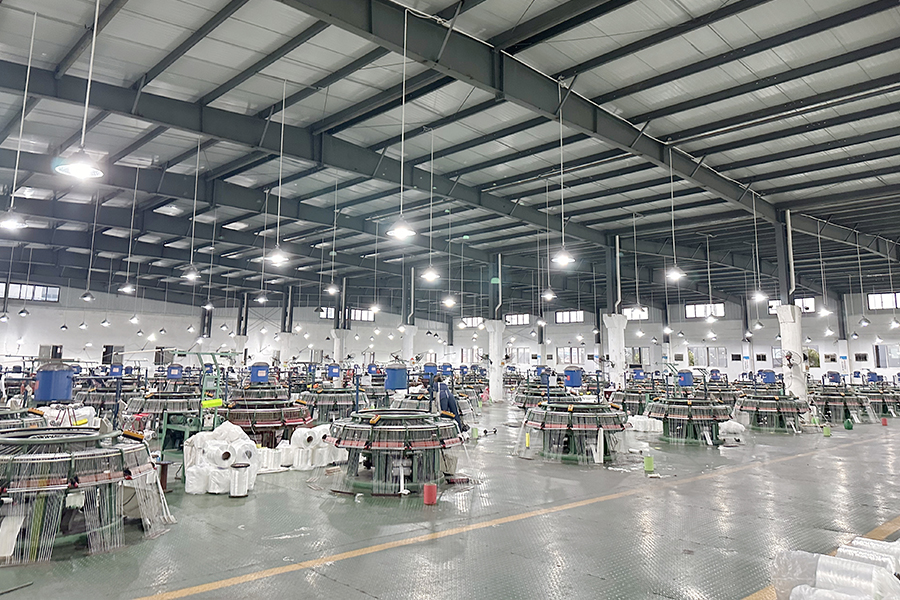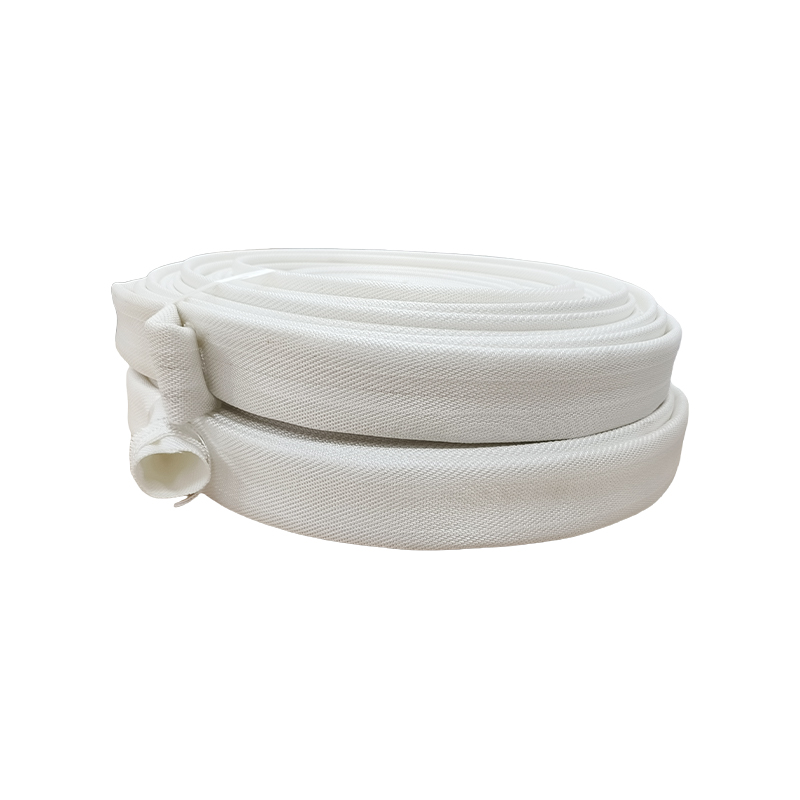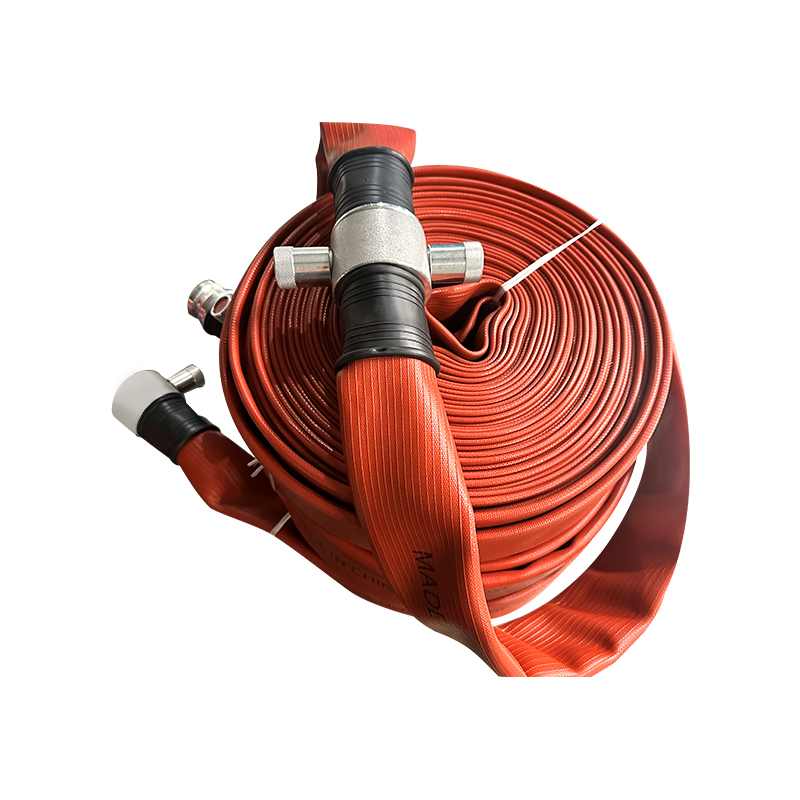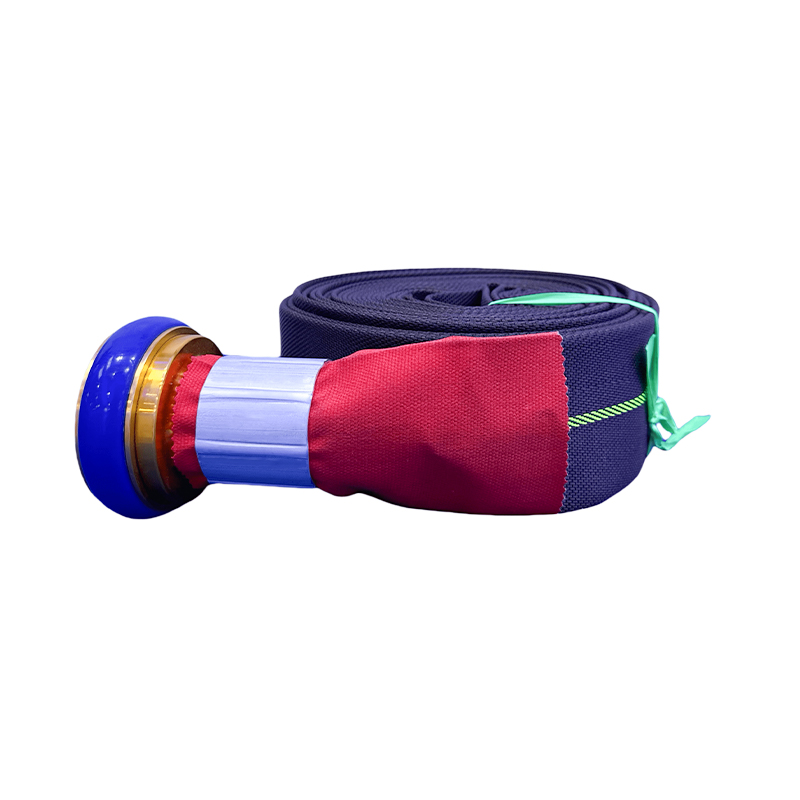- 1 The Critical Role of the Special Mining Outer Dewatering Hose
- 2 Mechanical Couplings: The Standard for Secure Connections
- 3 Flanged Connections: For Maximum Pressure and Large Diameters
- 4 Quick-Release Couplings: Efficiency for Mobile Operations
- 5 A Guide on How to Select Mining Discharge Hose Fittings
- 6 Best Practices for Installation and Troubleshooting Mine Dewatering Hose Leaks
- 7 FAQ
- 7.1 What is the difference between underground vs surface mining hose requirements?
- 7.2 How often should hose connections be inspected for wear?
- 7.3 Can different brands of hoses and couplings be mixed?
- 7.4 What is the safest way to pressurize a newly connected dewatering hose line?
- 7.5 How does water temperature affect hose and connection selection?
Efficient and reliable water management is the lifeblood of any mining operation, and at the heart of any dewatering system lies the network of hoses and their connections. A failure at a single connection point can halt operations, cause environmental issues, and create safety hazards. Therefore, selecting and implementing the correct hose connection method for your Special Mining Outer Dewatering Hose is not just a technical detail—it's a critical operational decision. This guide provides a comprehensive analysis of the most common connection methods, their ideal applications, and best practices to ensure a robust and leak-free dewatering system.
8-Inch Mining Pressure-Resistant External Drainage Flat Hose Pipe With Storz Connectors
The Critical Role of the Special Mining Outer Dewatering Hose
Before selecting a connection method, it's essential to understand the harsh environment these hoses operate in. A Special Mining Outer Dewatering Hose is engineered to handle far more than just water; it must withstand a unique combination of physical and chemical challenges that would quickly destroy standard hoses.
Demanding Conditions in Mining Dewatering
The success of a dewatering project hinges on the integrity of the entire hose assembly. Connections are often the weakest point, making their selection paramount.
- Abrasive Slurries: Water in mining sites is often mixed with sand, silt, and fine rock particles that act like sandpaper on the hose interior and fittings.
- High Operating Pressures: Powerful pumps are used to move water over long distances and significant elevations, requiring components rated for sustained high pressure.
- Chemical Exposure: Mine water can be acidic or alkaline (acid mine drainage) and may contain chemicals from processing, which can degrade unsuitable materials.
- Physical Abuse: Hoses are dragged over rough terrain, exposed to UV radiation, and subjected to crushing loads from equipment.
Key Abrasion Resistant Dewatering Hose Specifications to Consider
The hose itself dictates the type of fitting that can be used. When reviewing abrasion resistant dewatering hose specifications, pay close attention to the construction, which often includes a robust inner tube, multiple fabric or steel cord reinforcement layers, and a tough, weather-resistant outer cover. These specifications directly influence the coupling choice.
- Inner Tube Material: Typically wear-resistant rubber (like SBR or NBR) or PVC, designed to resist abrasion and chemical attack.
- Reinforcement: High-tensile textile braids or spirals, or steel wire helixes, which determine the hose's pressure rating and suction capability.
- Diameter and Working Pressure: The internal diameter (ID) affects flow rate, while the pressure rating (e.g., PN10, PN16) must exceed the system's maximum operating pressure.
Mechanical Couplings: The Standard for Secure Connections
Mechanical couplings, often referred to as worm-drive or jubilee clamps, are one of the most common and versatile methods for connecting hoses to fixed pipes or other hoses. They are a fundamental type of high pressure mining hose connectors for many applications.
Understanding High Pressure Mining Hose Connectors
These couplings consist of a perforated band (usually galvanized or stainless steel) and a housing with a threaded worm gear. When the screw is turned, the band tightens around the hose, creating a secure grip and seal against a nipple or stub end.
- Components: A perforated band, a housing, and a worm gear screw.
- Function: Creates a radial compression force to secure the hose onto a fitting.
- Versatility: Available in a wide range of sizes and materials to fit various hose diameters and environmental conditions.
Installation and Maintenance of Mechanical Couplings
Proper installation is key to preventing failure. A common mistake is overtightening, which can damage the hose reinforcement, or undertightening, which leads to leaks and slippage.
- Correct Placement: Position the coupling over the hose's reinforcement layer, not on a weak spot or too close to the end.
- Proper Tightening: Tighten evenly until a slight compression of the hose is visible and the connection is leak-free. Use a calibrated torque wrench for critical high-pressure applications.
- Regular Inspection: Check for corrosion, stripped threads, and deformation of the band during routine maintenance cycles.
Flanged Connections: For Maximum Pressure and Large Diameters
For the most demanding high-pressure applications, large-diameter lines, or permanent installations, flanged connections are the industry gold standard. They provide a rigid, incredibly strong connection that is essential for main discharge lines.
When to Use Flanged Connections
Flanges are used when the connection needs to withstand extreme pressures, be frequently disassembled for maintenance, or handle very large hose diameters (e.g., 12 inches and above) common in major dewatering projects.
- High-Pressure Systems: Ideal for the discharge side of high-head pumps.
- Large Diameter Hoses: Provide the structural integrity needed for big, heavy hoses.
- Permanent/Semi-Permanent Lines: Where the hose layout does not change frequently.
Assembly and Bolting Procedures for a Leak-Free Seal
A flanged connection involves bolting two matching flanges together with a gasket in between. The hose end has a flange vulcanized or clamped onto it.
- Gasket Selection: Use a compatible gasket (e.g., rubber, EPDM, nitrile) that can handle the fluid and pressure.
- Bolting Sequence: Tighten bolts in a criss-cross or star pattern in multiple stages to ensure even gasket compression and prevent leaks.
- Bolt Torque: Follow the manufacturer's recommended torque values for the bolt size and grade to achieve proper sealing without damaging the flanges or bolts.
Quick-Release Couplings: Efficiency for Mobile Operations
In dynamic mining environments where equipment and hose lines need to be moved or reconfigured quickly, quick-release (or quick-connect) couplings are invaluable. They save time and labor, enhancing operational efficiency.
The Advantage of Speed and Flexibility
These couplings allow for connection and disconnection without tools in a matter of seconds. This is perfect for applications involving portable pumps, shifting sump locations, or sections of hose that need regular replacement.
- Operational Efficiency: Drastically reduces downtime during system reconfiguration.
- Safety: Many designs include a locking mechanism that prevents accidental disconnection under pressure.
- Reduced Labor: Minimizes the physical effort and time required by crews.
Compatibility and Locking Mechanism Types
Quick-release couplings come in various interlocking styles, such as cam-and-groove (Camlock), flat-face hydraulic, or ball-lock designs. It is crucial to ensure compatibility across the entire system.
- Camlock Couplings: Very common in dewatering; the "arms" or cams are clamped down over the "groove" of the adapter.
- Material and Seal Types: Available in aluminum, stainless steel, or polyamide, with seals (O-rings) made from materials like NBR or Viton for chemical resistance.
- System Standardization: To avoid confusion and ensure connections are made correctly, standardize on one type and size of quick-release coupling across the site where possible.
A Guide on How to Select Mining Discharge Hose Fittings
Selecting the right fitting is a systematic process that goes beyond just matching the thread size. A methodical approach to how to select mining discharge hose fittings will prevent costly mismatches and failures.
Matching the Fitting to the Hose and Application
The fitting must be compatible with the hose's internal diameter, pressure rating, and material construction. It also must be suited to the specific job function (e.g., suction, discharge, high-abrasion).
- Hose ID and Pressure Rating: The fitting must be designed for the same nominal bore and have a pressure rating equal to or greater than the hose.
- Application: Suction applications may require fittings with a longer tail to ensure a secure grip under vacuum conditions.
- End Connection Type: Determine what the hose will connect to (e.g., NPT thread, BSPT thread, flanged stub, another quick-couple).
Material Compatibility and Pressure Rating Guide
The material of the fitting is as important as the material of the hose. It must resist corrosion, abrasion, and the specific chemistry of the mine water. Manufacturers with broad expertise, like Taizhou Jun'an Fire Technology Co., Ltd., understand these material synergies, producing durable hose and fitting solutions designed for challenging environments.
The following table provides a general guide for fitting material selection.
| Fitting Material | Advantages | Ideal For |
| Galvanized Steel | Cost-effective, high strength. | General dewatering, non-corrosive water, surface applications. |
| Stainless Steel | Excellent corrosion resistance, strong, durable. | Acidic/alkaline water, high-humidity environments, long-term installations. |
| Ductile Iron | Very high strength and toughness. | High-pressure discharge lines, large diameters, abrasive slurries. |
| Brass/Bronze | Good corrosion resistance, spark-resistant. | Certain chemical applications, environments where sparking is a concern. |
Best Practices for Installation and Troubleshooting Mine Dewatering Hose Leaks
Even the best components can fail if installed incorrectly. Adhering to best practices during installation is the first line of defense against leaks and premature failure. Proactive troubleshooting mine dewatering hose leaks is essential for maintaining system integrity.
The following table outlines common leak issues and their solutions.
| Problem & Symptom | Potential Cause | Solution |
| Leak at connection point | Loose coupling, worn gasket, damaged threads, incorrect fitting size. | Retighten coupling, replace gasket, inspect and replace damaged fittings. |
| Hose blistering or bulging | Kinked hose, operating pressure exceeding hose rating, damaged reinforcement. | Straighten hose line, check system pressure, replace hose. |
| Abrasion on hose exterior | Hose dragging on ground, rubbing against sharp objects. | Use hose ramps or stands, re-route hose to avoid abrasion points. |
| Leak along hose length (pin-hole) | External abrasion, chemical degradation, manufacturing defect. | Patch small holes with a hose repair kit, replace hose for significant damage. |
FAQ
What is the difference between underground vs surface mining hose requirements?
The primary differences revolve around safety, size constraints, and fire resistance. Underground mining hose requirements are often more stringent due to confined spaces and safety regulations. Hoses may need to be flame-resistant (like those produced by companies specializing in fire technology) and have anti-static properties to prevent ignition of flammable atmospheres. They are also often smaller in diameter due to space limitations. Surface mining hose requirements can focus more on extreme abrasion resistance, larger diameters for high-volume water movement, and UV resistance for prolonged sun exposure.
How often should hose connections be inspected for wear?
Hose connections should be visually inspected before the start of every shift, especially in high-pressure or critical applications. A more thorough physical inspection, checking for tightness, corrosion, and thread wear, should be conducted weekly or in accordance with the mine's preventive maintenance schedule. Any connection that has been disassembled and reassembled must be inspected before being put back into service.
Can different brands of hoses and couplings be mixed?
It is strongly discouraged. While threads may appear to match (e.g., both are 1-1/2" NPT), slight variations in manufacturing tolerances between brands can lead to poor sealing and premature failure. For optimal performance and safety, use hoses and couplings from the same manufacturer or a system that is certified to be compatible. Mixing and matching invalidates warranties and increases the risk of connection failure.
What is the safest way to pressurize a newly connected dewatering hose line?
The safest method is to pressurize the system gradually. First, ensure all connections are properly tightened and the line is secure. Open any drain valves to release air. Start the pump and slowly open the discharge valve, allowing the pressure to build up slowly to the operating level. This "soft start" approach allows you to identify and address any minor leaks before they become catastrophic failures under full pressure. Never stand directly in front of or over a connection during initial pressurization.
How does water temperature affect hose and connection selection?
Water temperature significantly impacts material selection. Standard rubber and EPDM seals are typically rated for up to 70-80°C (158-176°F). For higher temperature water (e.g., from dewatering deep mines or certain processing activities), hoses with heat-resistant inner tubes (like SBR) and fittings with Viton seals are required, as they can withstand temperatures up to 200°C (392°F). High temperatures can also cause thermal expansion of metal fittings, which must be accounted for in the system design to maintain seal integrity.


 en
en
 عربى
عربى

